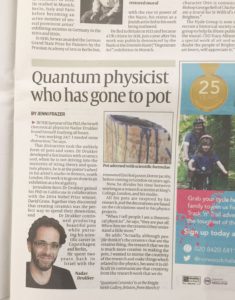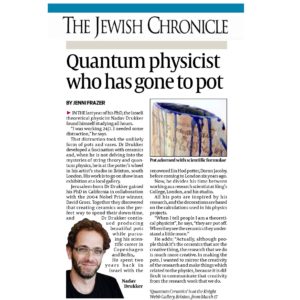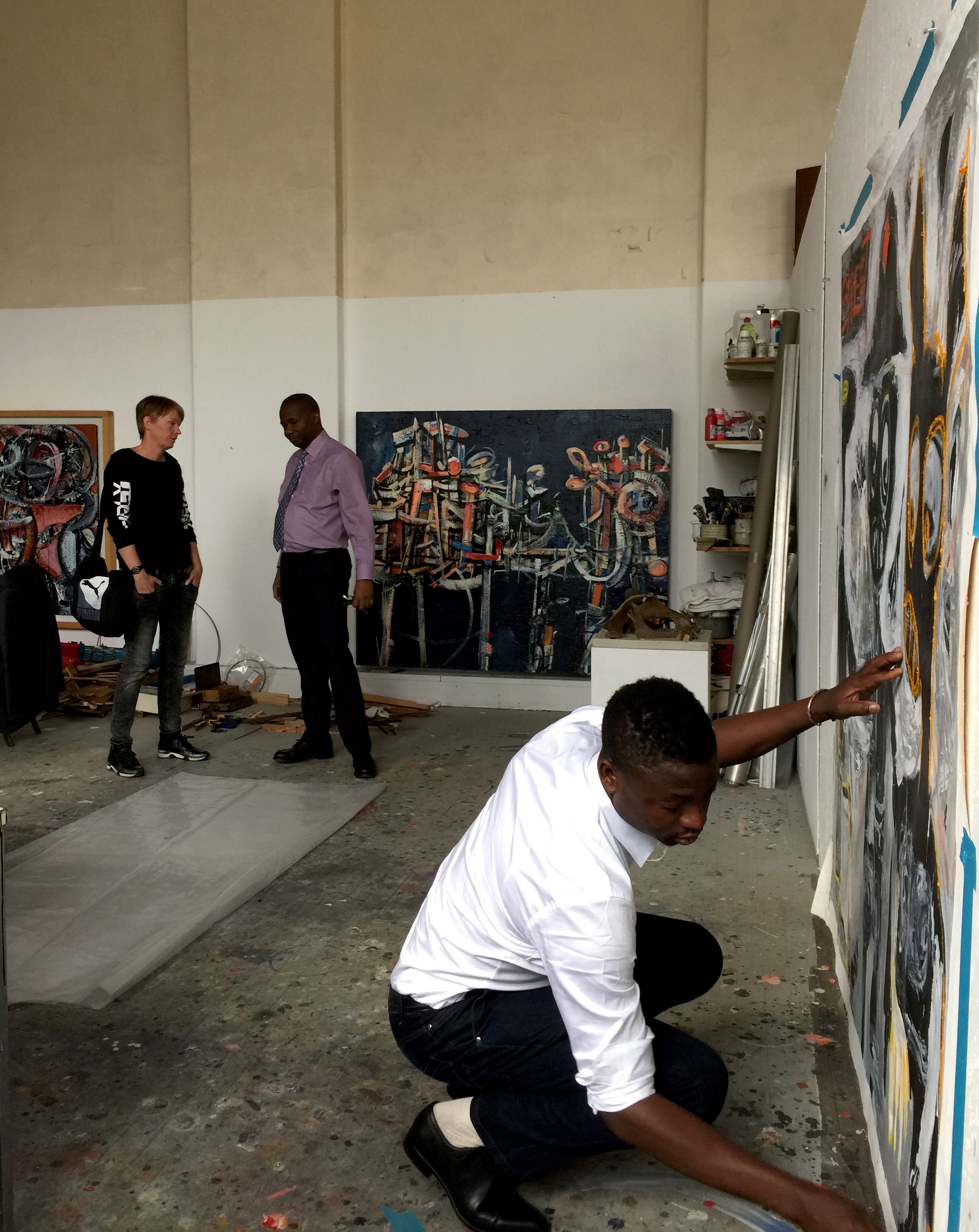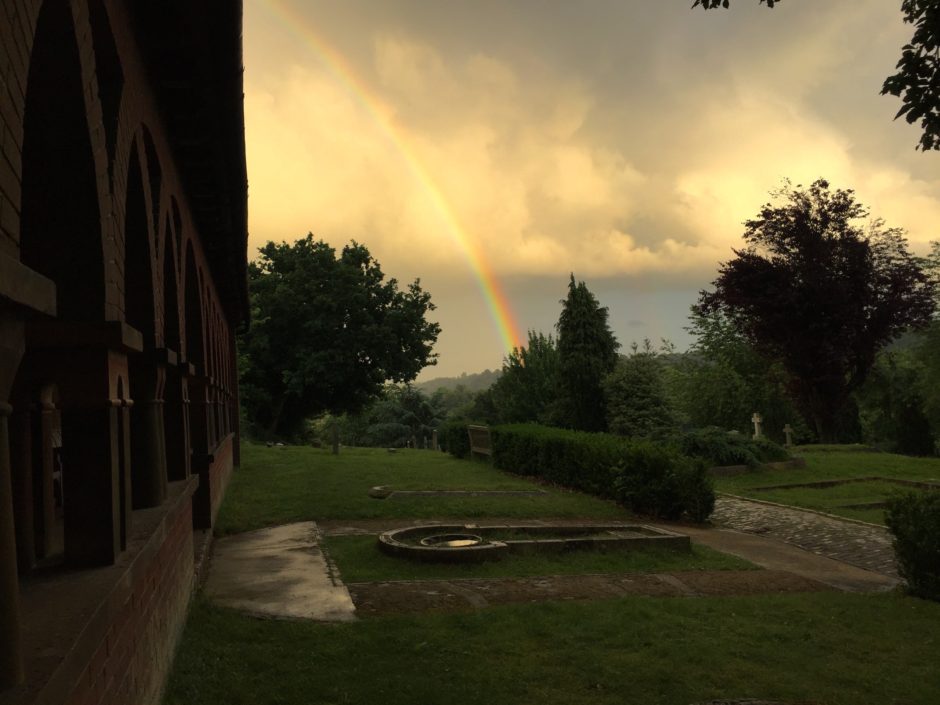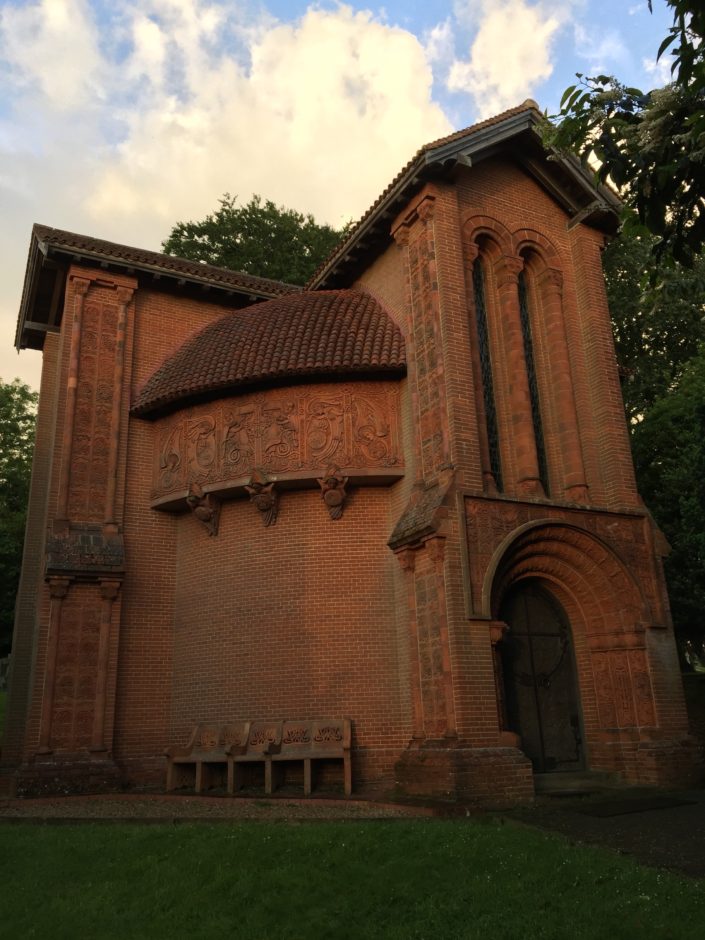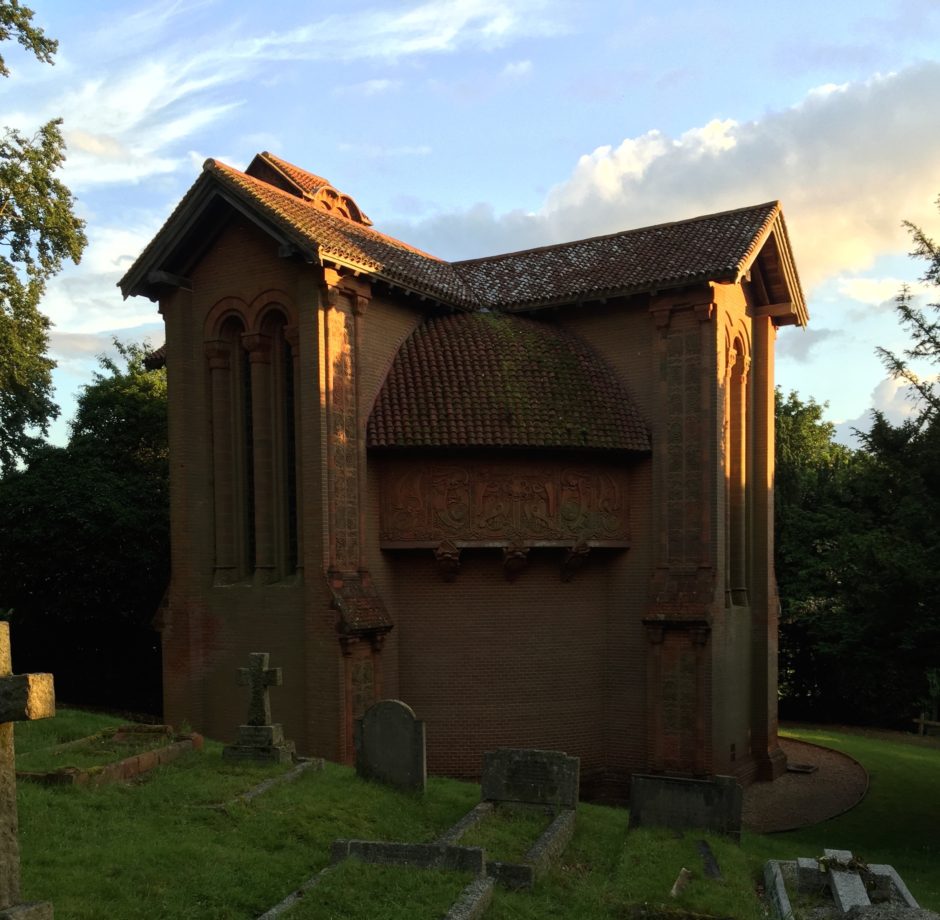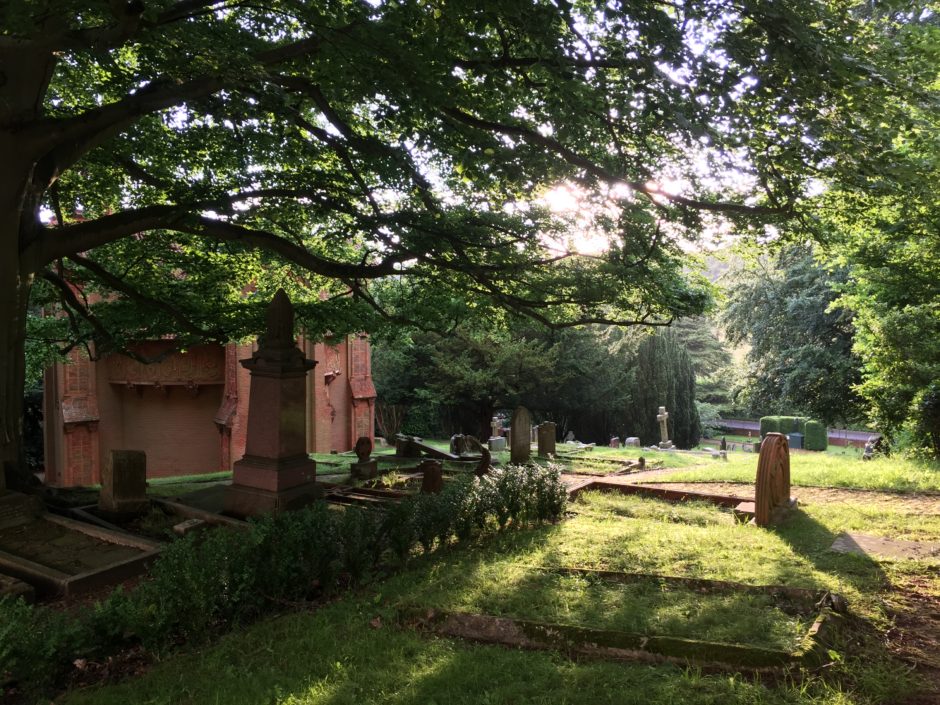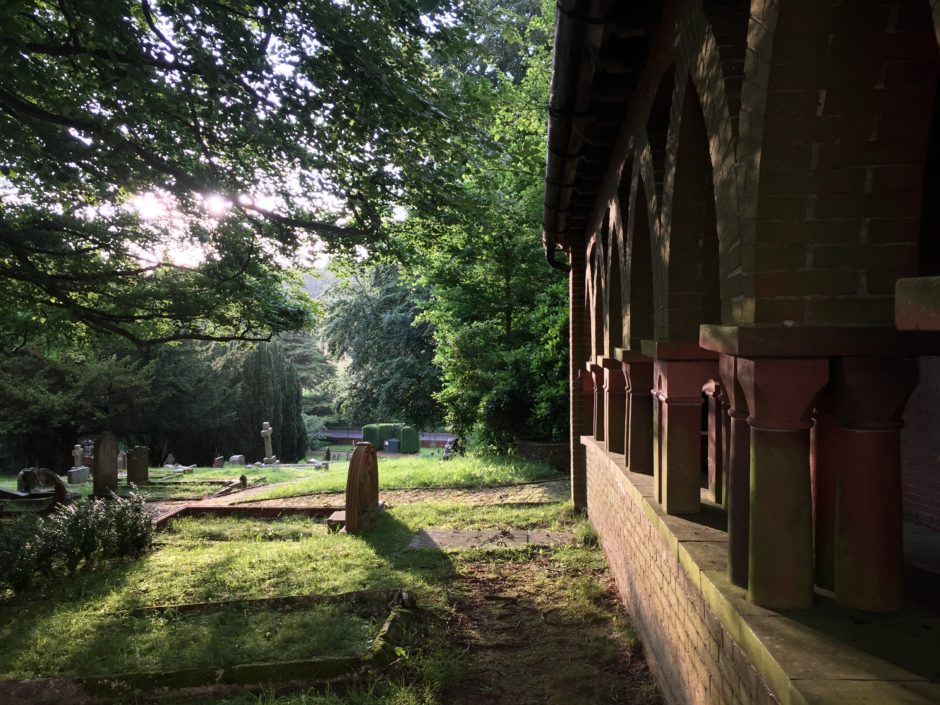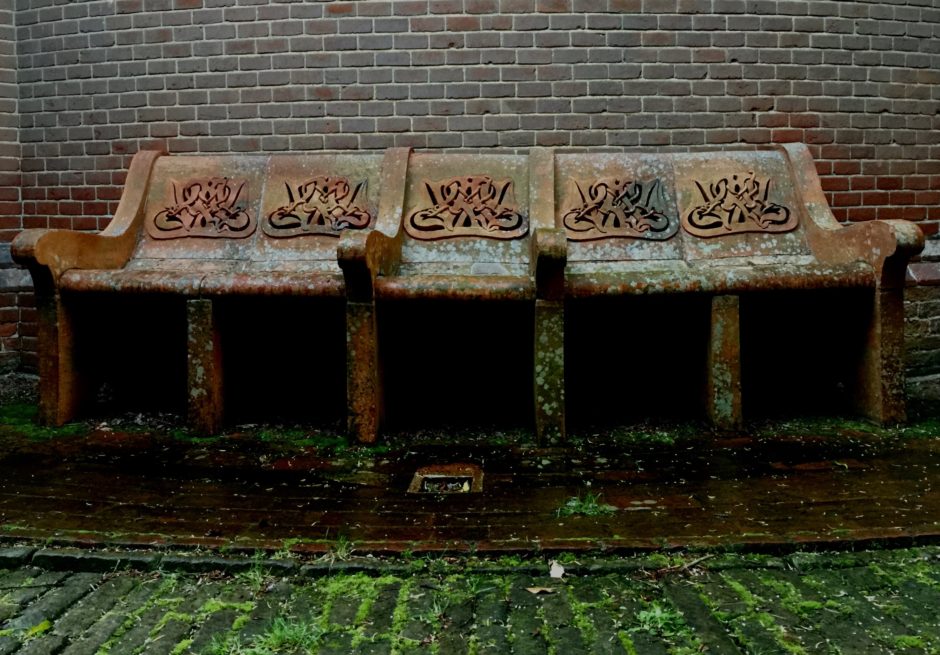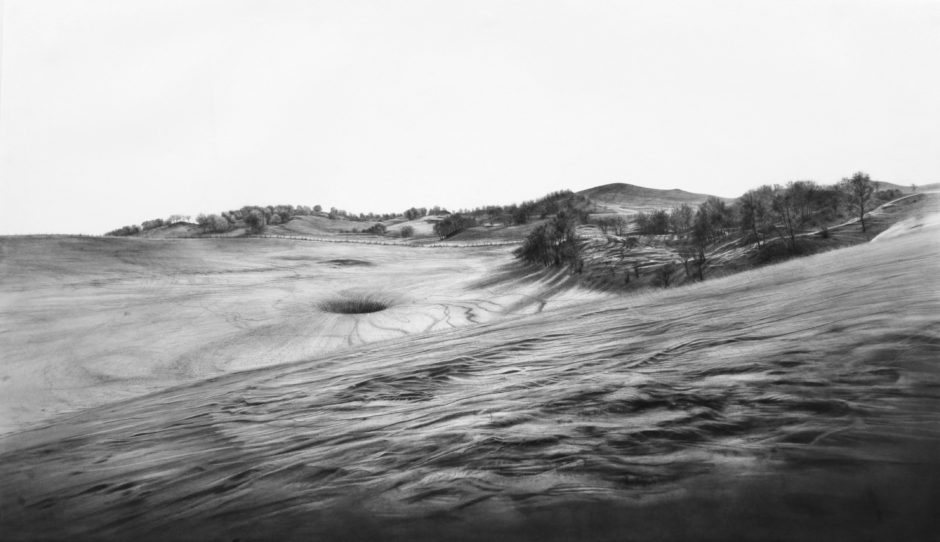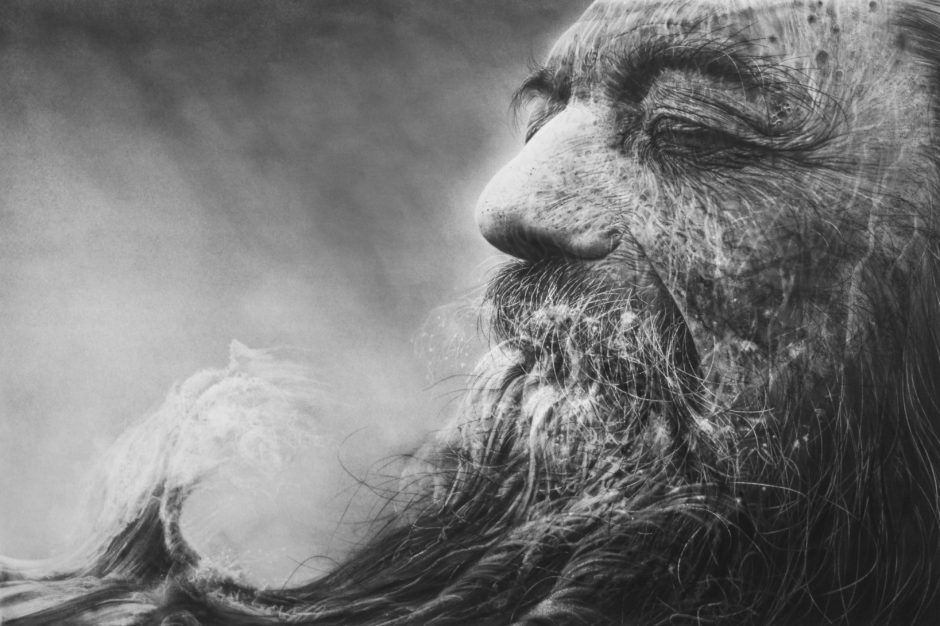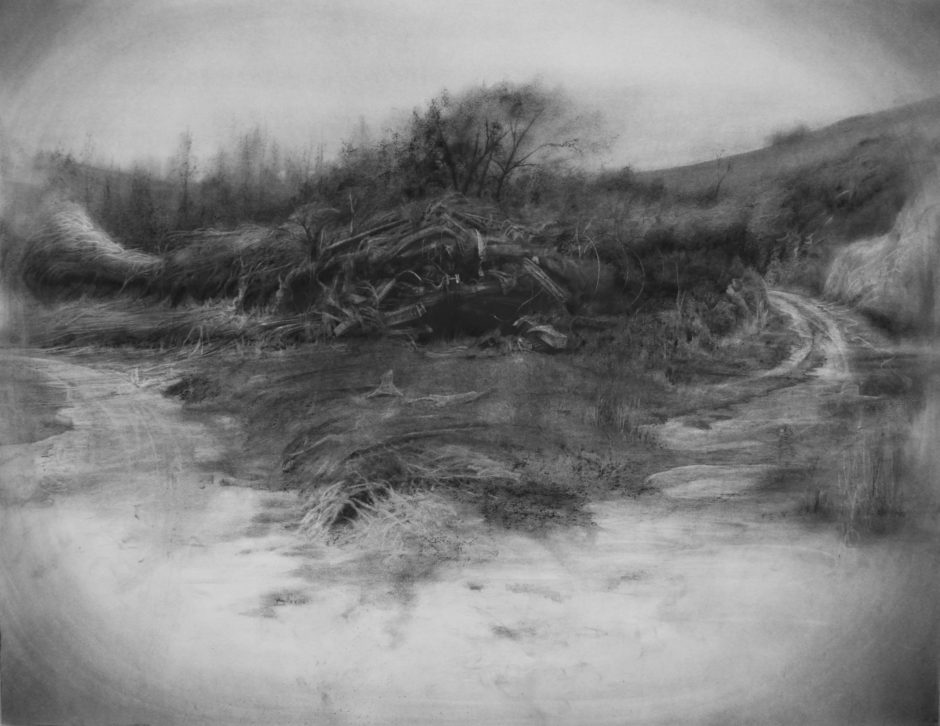FAD Magazine: The Top 6 Art Exhibitions to see in London this week
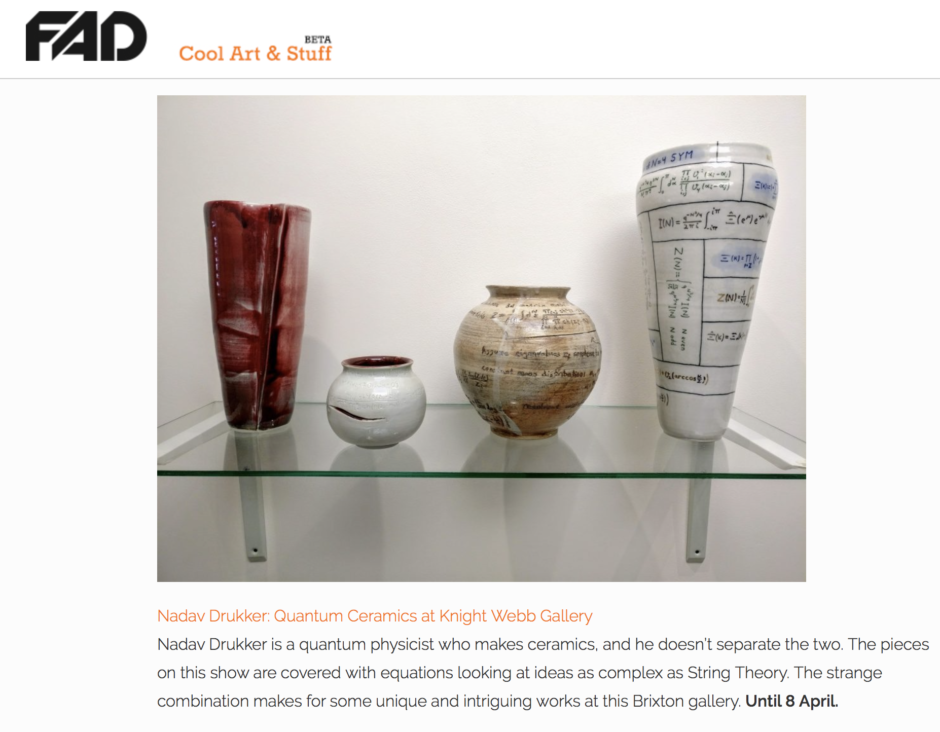
The Resident – Living South Magazine’s April Issue:

AFTER NYNE
Quantum Ceramics on After Nyne Magazine online:
Interesting piece about the exhibition and artist, Nadav Drukker, written by gallery curator, Rufus Knight Webb.
‘Nadav walks past my gallery most days on his way to Brixton market. Over the past few years I have begun to get to know this strange scientist who makes ceramic vessels at his home studio, which I have visited now on a number of occasions. Alongside his pottery, Nadav has an alter ego as Dr Drukker, leading a research team at Kings College London. He creates the objects and vessels in clay as a means to communicate his research in String Theory & Supersymmetric Field Theories.’
http://www.afternynemagazine.com/science-art-fuse-quantum-…/
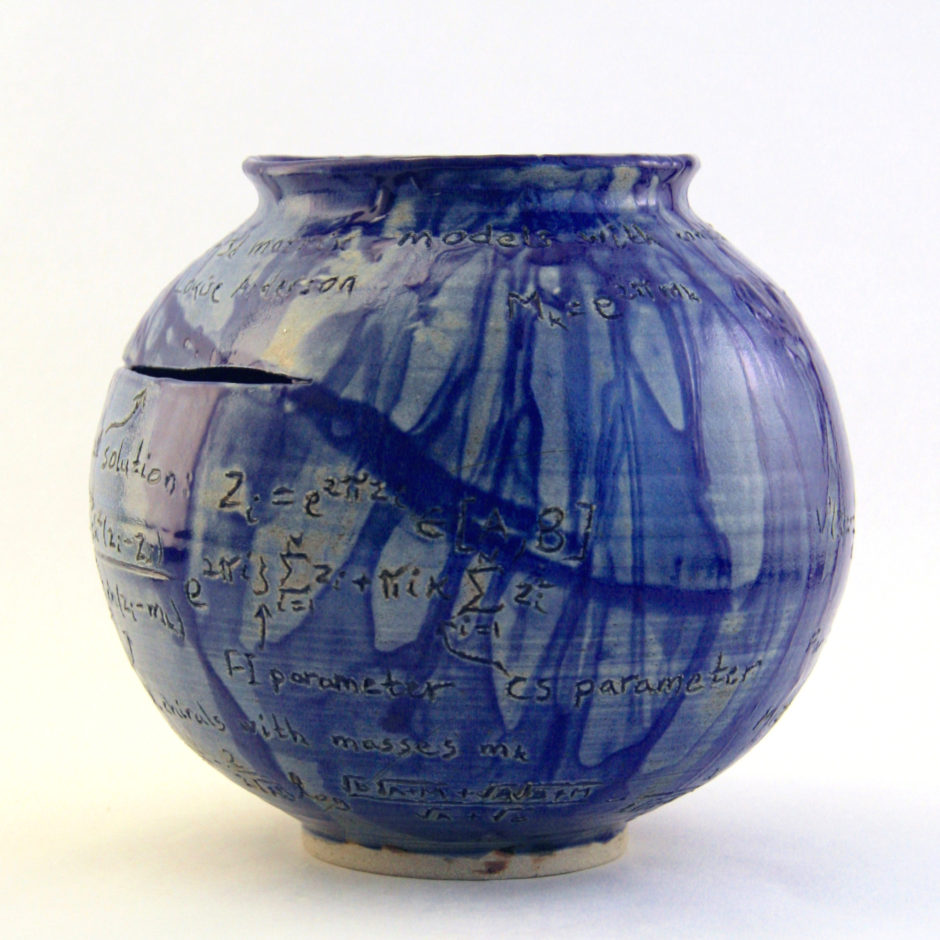
LONDONIST
Quantum Ceramics by Nadav Drukker mentioned on Londonist as part of their things to do and see in London next week.
The exhibition opens 17th March -8th April. We are open from 10 am – 6 pm Tuesday – Saturday.
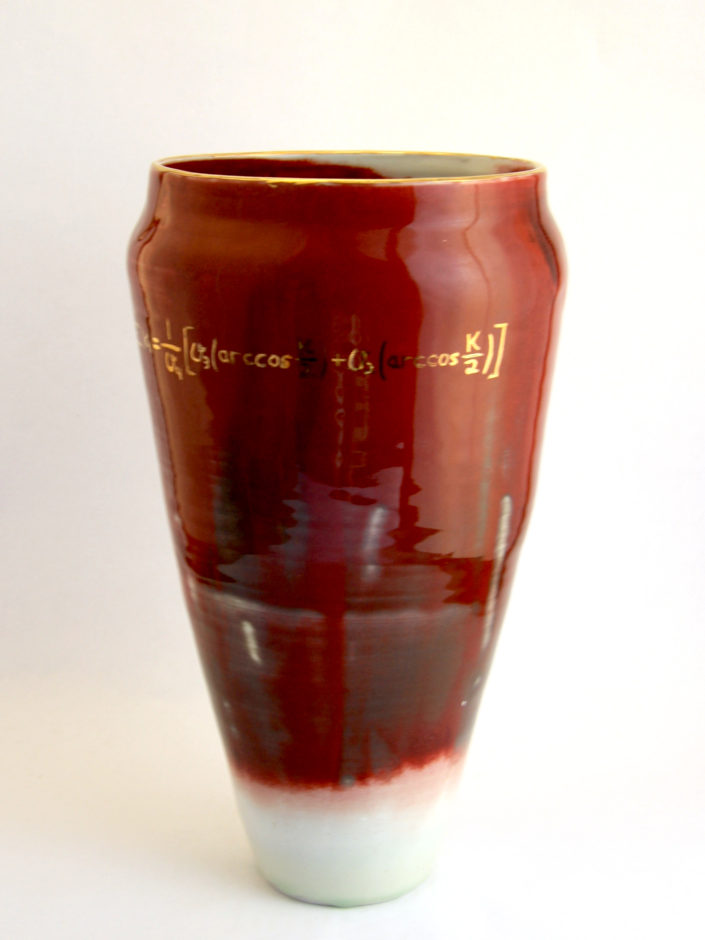
THE JEWISH CHRONICLE
Quantum Ceramics at Knight Webb Gallery mentioned in this week’s issue (11/03/17) of The Jewish Chronicle
